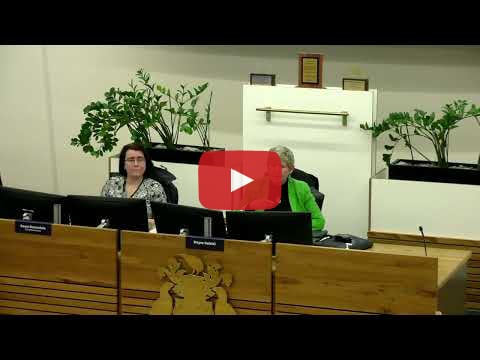
Why haven't any ponds turned 'orange' yet?
With the new activated sludge system operational, we're tracking the health of the oxidation ponds as the better-quality wastewater begins to flow through them.
While the ponds are starting to improve, they're not yet meeting the thresholds we've set for biological oxygen demand (BOD5) and dissolved oxygen. We’re also monitoring a range of other parameters including suspended solids, pH levels, sludge levels, nitrogren and phosphorous levels, enterococci and fecal coliforms.
Now that more, better-quality wastewater is flowing into the ponds, (there's more information on this in the section below), we expect to see the ponds begin changing to 'orange' next week.
We're still on track for significant improvement by mid-September and for the odours to gradually reduce over the coming weeks.
However, it will take another couple of months for the biological health of the ponds to return to a level of resilience where they’re capable of handling increased organic loads if there’s a temporary failure somewhere in the treatment plant process.
We intend to only turn a pond 'green' when there are higher levels of dissolved oxygen present and its biological health reaches this level of resilience.
Improved wastewater entering oxidation ponds
Now that our new activated sludge system is operational at the wastewater treatment plant, we’re very encouraged at the biological growth that’s occurring and the improved water quality we’re seeing now enter the oxidation ponds.
This photo compares the quality of the effluent entering the aeration basins. The sample on the left shows the quality of the treated wastewater that was going straight into the oxidation ponds before the new activated sludge system was put in place.
The middle sample shows the mixed liquor (the biology doing its work) that’s settled nicely, while the right-hand sample shows the water quality that’s now coming out of the clarifiers and being discharged to the ponds.
Updated air quality testing results

We’ve uploaded last week's data for the six continuous air monitors that have been set up near the Christchurch Wastewater Treatment plant.
The monitors are to detect the levels of hydrogen sulphide in the Shortland Street, Maces Road, Estuary Road South, Rudds Road areas, as well as at Bromley and South Brighton Schools.
Note the readings online are only up until Friday 19 August - we'll publish graphs showing this week's increased levels of hydrogen sulphide early next week once the data from all of the sites has been collated.
You can read the data for all six locations, and an explanation about how to read the information by clicking the link below. You can also find past readings for each site.
Stay updated
We want everyone to be able to stay updated on our response and recovery from the treatment plant fire, and we regularly post new information and reports on ccc.govt.nz/wastewaterfire
If you know of anyone who would like to receive this e-newsletter they can subscribe online.
If you have any questions, or would like further information on the project, please call us on 03 941 8999 or 0800 800 169 or email wastewater@ccc.govt.nz
Thanks in advance for your patience and understanding as we continue to work on minimising the unpleasant smells after the fire. We’ll be in touch again soon.
You received this email because you are subscribed to updates from Christchurch City Council.







